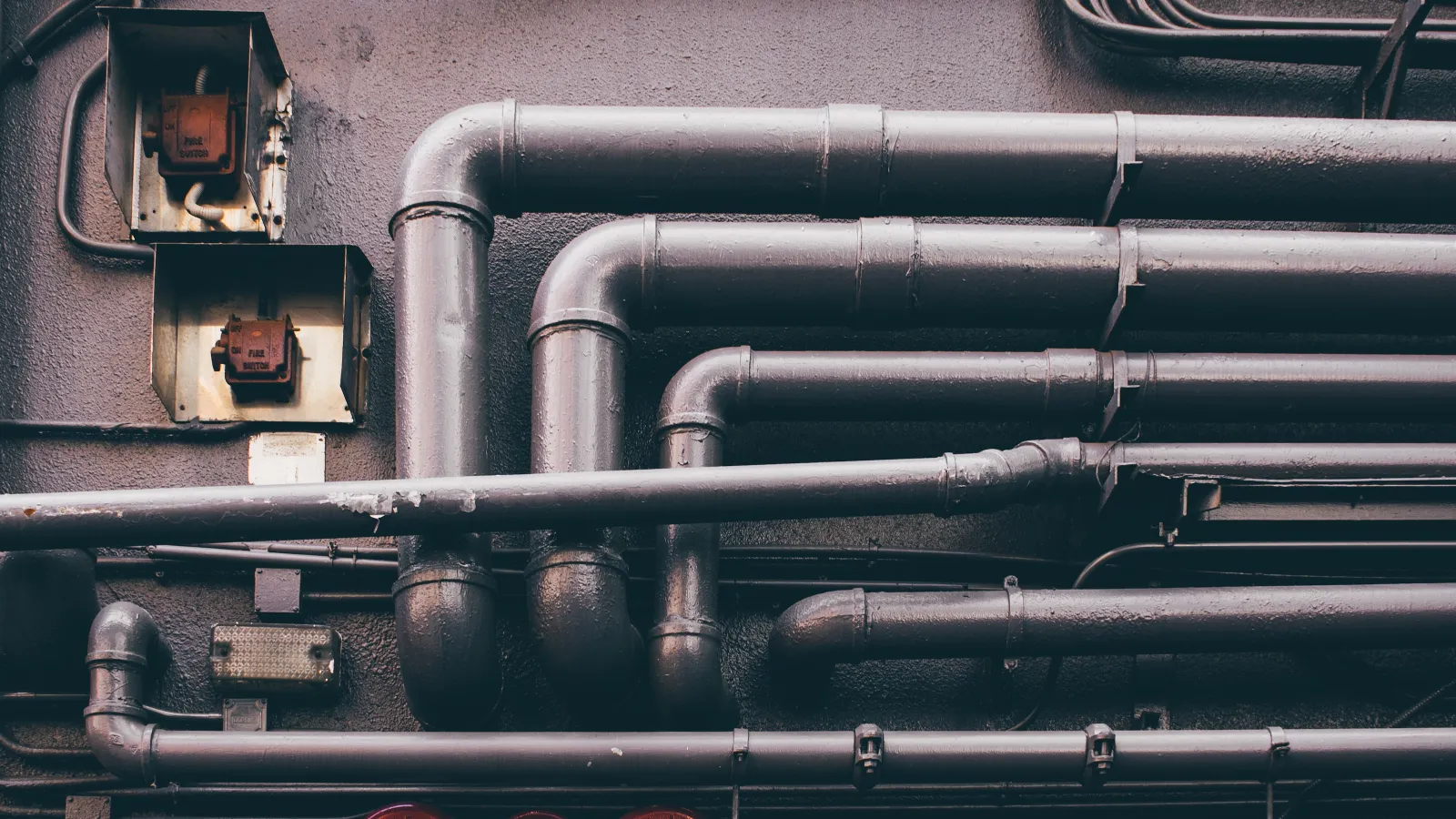Why Do I Need A Sump Pump?

Have you ever wondered why you need a sump pump?
Do you worry about a flooded basement? How about losing valuables, furniture or electronics due to a flooded lower level of your home?
Sump pumps answer all of these questions. A sump pump is something you likely do not appreciate until it's too late. After all, sump pumps protect your basement (along with the valuables and memories) from potential water damage and prevents mold and mildew.
As a home ages, it develops cracks around the foundation and basement windows. These cracks and crevices enable water to enter the basement from:
- unsealed basement windows.
- unsealed hatchways.
- cracks in the floor.
- cracks in the foundation.
As a result, homeowners should properly seal these portions of your house. Proper sealing helps prevent water intrusion, particularly in the basement. Additionally, for homes with an older sump pump (or an unreliable or faulty), you aren't much more protected than homes without a sump pump.
Not sold on sump pumps? To help, please find benefits and details on the various types of sump pumps. As a result, you'll know if your home needs a sump pump.
Typically, an electrically powered sump pump provides the first line of defense against water intrusion. Frequently, one sump pump stops water from entering the basement...unless the power goes out in a storm. Therefore, for added protection, consider a backup sump pump. When the power goes out, a battery-powered sump pump starts working immediately until power is restored. A fully-charged battery keeps the backup pump running for up to eight hours.
At Snappy Services, we install both main and battery-powered sump pumps, an effective "one, two" combination. Plus, we repair all makes and models.
Types of Sump Pumps
Although many people think all sump pumps are the same, they are not. They vary by primary function and feature set.
Generally, sump pumps remove water from the sump basin and discharge it away from a home's foundation. Typically, pumps range from 1/4 HP to 1 HP and most contain five main components:
- groundwater collection system.
- sump basin (or pit).
- primary sump pump.
- discharge pipe or hose.
- check valve.
Additionally, some systems include a back-up sump pump system, which provides protection even when the power fails or your primary pump fails.
The three most common types are primary sump pumps, battery back-up sump pumps and combination sump pumps.
Primary Sump Pumps
Primary sump pumps are traditional sump pumps. These pumps remove seepage water out of basements and prevent basement flooding. Most are capable of pumping up to several thousand gallons of water an hour to protect your home.
There are two types of primary sump pumps: submersible pumps and pedestal pumps. Submersible pumps are placed underwater in a sump pump basin. Conversely, pedestal pumps are stationed above sump basins, with the pump motor out of the water. Pedestal pumps are better for deeper, more narrow basins, because the pump base, and not the pump motor, is submerged.
Battery Back-Up Sump Pumps
Battery back-up sump pumps provide homeowners with an added layer of protection against flooding when the power goes out. These sump pumps only work when the electricity fails. As a result, your basement remains protected during a power outage.
Combination Sump Pumps
As the name implies, combination sump pumps provide a hybrid of the primary sump pump and the battery back-up sump pump. A combination sump pump protects homeowners in nearly any circumstance, offering complete home flood protection. Plus, these pumps turn on when the primary pump is unable to handle the amount of water entering the sump pit.
Sump Pump Features
Determining which sump pump is the right fit for your family requires a little due diligence. First, consider capacity (or the number of gallons per minute or gallons per hour the pump handles). Next, consider head pressure (or the height to which the water will be lifted vertically for removal). For example, most pumps are designed to handle a lift of 10 or more feet. However, in addition to these central considerations, along with price, consider these other features as well.
- Corrosion-Free Pump Housing means bronze, stainless steel, or epoxy-coated cast iron housings.
- Alerts such as lights or noises that proactively notify homeowners of problems.
- Capacitive Switches that measure water levels and engage the sump pump when water reaches a certain point in the sump basin.
- Vertical Switches that travel vertically and enable installation in compact areas.
- Diaphragm Switches that rely on water pressure levels to engage and disengage the pump.
- Sump and Sewage Pump Manufacturers Association (SSPMA) Standards ensures a quality sump pump that meets industry standards.
- Corrosion-Resistant Construction for submersible pumps.
To learn more or to schedule sump pump service today, contact Snappy, your reliable home plumbing professionals. Snappy offers all of our home services to our Georgia service areas.

